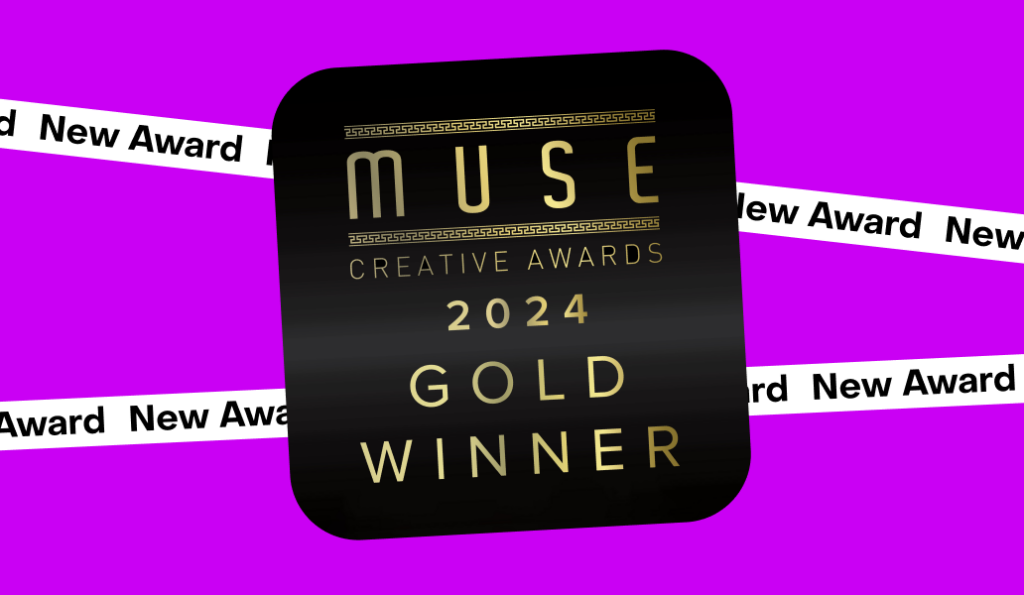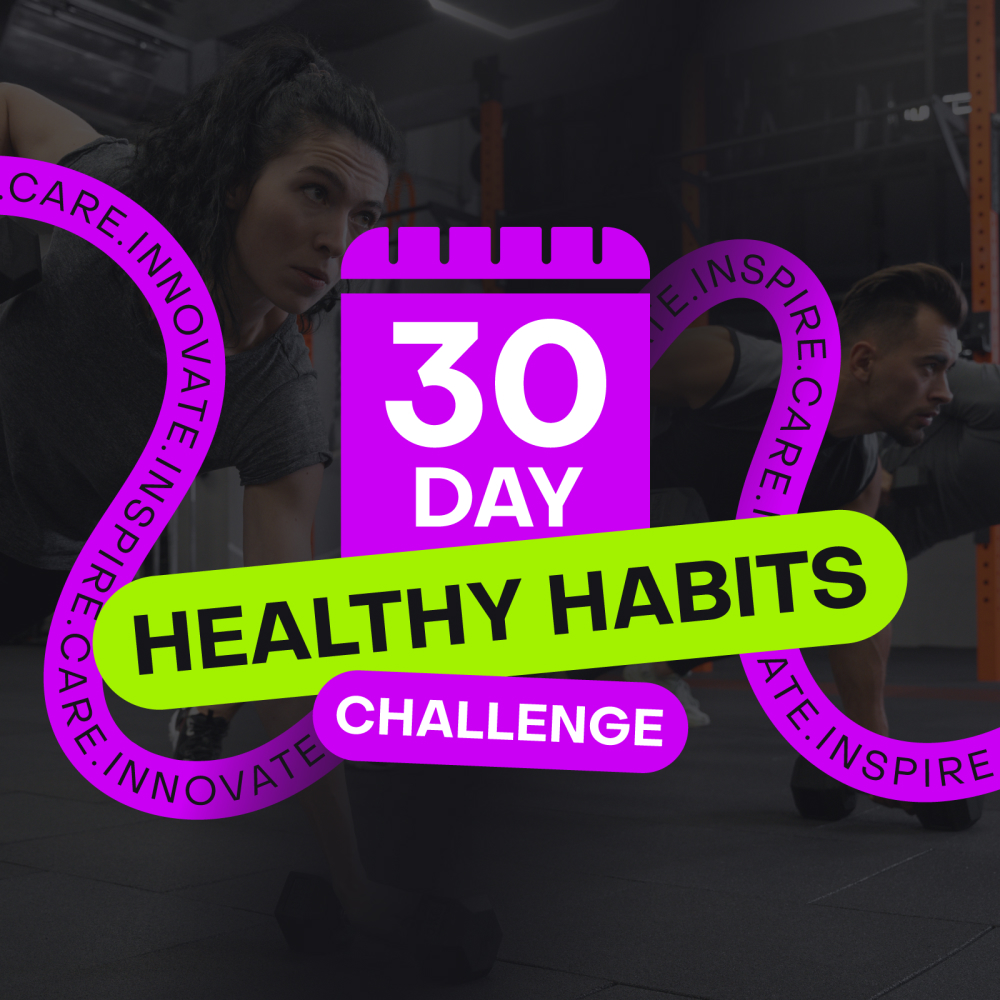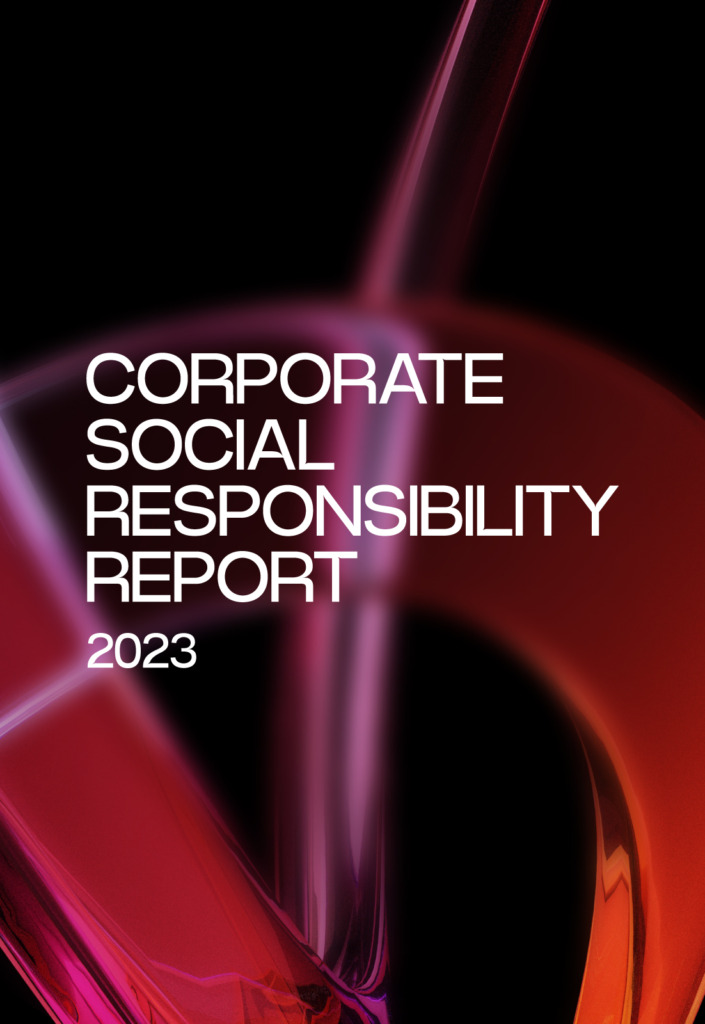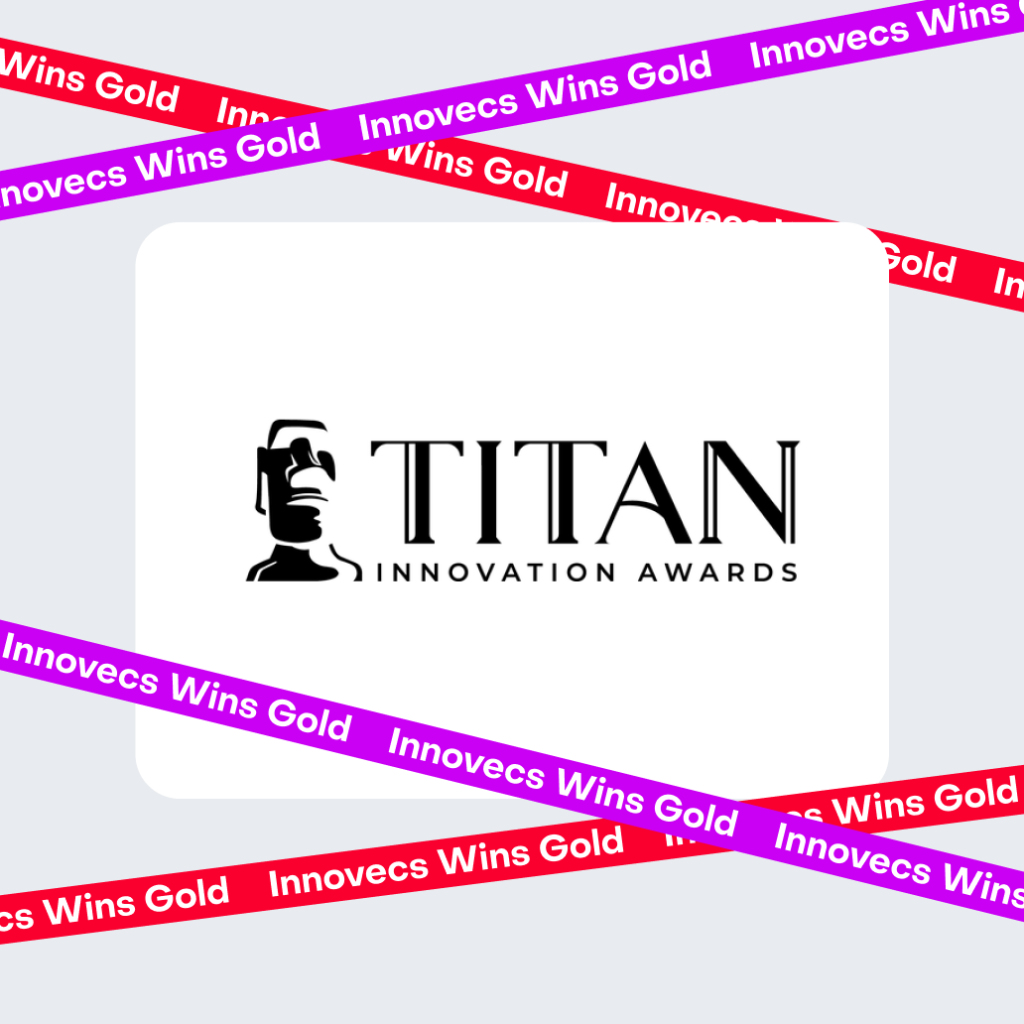
TL;DR: The widespread adoption of remote work has exacerbated the need to organize and sync up people without getting them in the same room. CollabTech, or collaborative technology, is a host of software solutions meant to do just that. From video chats to shared documents and Miro boards, diverse collaborative technologies help to bring employees together. In addition to CollabTech, Collaborative Project Management is the best managerial approach for businesses that want to go all in not only on remote work, but also on evenly-split responsibilities and collective planning.
Modern day corporate work is hard to imagine without some type of digitally orchestrated teamwork. This tech-driven orchestration or employees and their progress has a name – CollabTech. Today we will explore its value and the best managerial strategies and practices to go along with it. Enter our guide of various types of CollabTech and discover the best tools and services to make your own workflow more collaborative.
What is CollabTech? Chances are, you have already used it! To be specific, CollabTech is an umbrella term that encompasses all software solutions that simplify team collaboration. This definition spans from project management tools like Clickup and Asana, to video conferencing staples such as Google Meet, and, of course, Zoom – the go-to video messenger of the pandemic that has
The rest of the CollabTech, however, shows no signs of slowing down. The post-COVID world has developed a taste for remote work, with more than half of all employees expecting their workplace to offer such format. This creates the need to manage all of the team members wherever they are, making modern corporate environment impossible to imagine without collaborative workflows. Let’s learn more about them.

In this type of teamwork participants engage simultaneously, regardless of location. It involves immediate interaction through tools like video conferencing, live chat, or collaborative editing platforms. Examples include:
- Live video meetings,
- Instant messaging for quick communication,
- Collaborative document editing.
Synchronous collaboration is vital in remote or distributed work settings, promoting active participation and effective coordination among team members.
Asynchronous collaboration is teamwork that occurs without the need for all participants to engage simultaneously. Instead, individuals contribute at their own pace. Communication and tasks are often facilitated through tools like email, discussion forums, or project management platforms and participants can review and respond to messages or updates at their convenience. Examples include:
- Sending emails,
- Leaving comments on shared documents,
- Posting messages in a project management tool.
Asynchronous collaboration is great for global teams that have workers in different time zones, but it is also a generally beneficial and stress-free approach for people who just have opposing schedules and work styles.
CollabTech is a great aid for employees, allowing them to have comfortable and convenient workflows whenever and wherever they like, but it is also rather beneficial for the business. Collaborative project management means:
- Enhanced Communication. Better communication among team members is achieved through a centralized platform for sharing information, updates, and feedback. It keeps everybody in touch with each other, reduces misunderstandings and therefore saves the company time by ensuring things are done right the first time.
- Improved Coordination. Collaborative project management tools enable teams to coordinate tasks, schedules, and resources more effectively. This means everyone is aligned on project goals and timelines.
- Increased Transparency. These tools provide visibility into project progress, status, and dependencies. All stakeholders will get better peace of mind by being able to track milestones, identify bottlenecks, and make informed decisions.
- Better Accountability. By assigning roles, responsibilities, and deadlines within the project management system, teams can hold members accountable for their tasks, creating an environment where everybody feels seen and realizes their responsibilities.
- Faster Workflow. Collaborative project management streamlines workflow processes by automating repetitive tasks, facilitating document sharing, and integrating with other tools. This reduces manual effort and eliminates human errors, making sure no tasks have gotten lost in the corporate game of telephone.
- Encourages Innovation. By enabling collaboration and idea-sharing, collaborative project management fosters creativity and innovation. Team members can leverage diverse perspectives and expertise to solve problems and explore new opportunities.

Let’s take a closer look at the different categories of CollabTech and check out some examples. If you’ve had a corporate job anytime in the last ten years, many positions will likely sound familiar!
The days of in-person board meetings and live discussions of every update have come to an end, making scheduled face-to-face communication with colleagues and clients a special occasion rather than an everyday reality of corporate work. The era of remote communication is here, and communication tools are software solutions we use to replace in-person contact. Their defining feature is the ability to enable instantaneous real-time information exchange. Some common types of communication tools in CollabTech include:
- Video Conferencing Platforms. Tools like Zoom, Microsoft Teams, Google Meet, and Cisco Webex provide audio and video communication, allowing teams to conduct virtual meetings, conferences, and presentations.
- Instant Messaging and Chat Applications. Platforms such as Slack, Microsoft Teams, Discord, and Mattermost provide instant messaging and chat features, enabling team members to communicate quickly, share updates, and collaborate in real-time.
- Email Services. Email remains a fundamental communication tool for businesses, allowing users to send messages, share files, and communicate asynchronously.
- Voice Calling Services. Applications like Skype, WhatsApp, and Google Voice offer voice calling and Voice over Internet Protocol (VoIP) services, allowing users to make voice calls over the internet.
- Internal Social Networking Platforms. Social intranet platforms like Workplace by Facebook, Viva Engage (Yammer), and Jive provide social networking features within organizations, facilitating communication, knowledge sharing, and collaboration among employees.

If communication tools are the analogs for board meetings, project management software is the modern-day planning board made digital. These programs help teams organize tasks, track progress, allocate resources, and collaborate on projects more effectively. Project management software in CollabTech encompasses a wide range of tools and platforms tailored to different team sizes, various project management needs and preferences. Here are the popular categories of project management software:
- Task-oriented Tools. They focus primarily on task management, allowing users to create, assign, prioritize, and track tasks within projects. Examples include Trello, Todoist, and Microsoft Planner.
- Kanban Boards. Kanban-based project management tools like Trello, KanbanFlow, and LeanKit visualize workflows using boards with columns representing different stages of work. Users move tasks or cards across these columns as they progress.
- Gantt Chart Software. With its physical prototype dating back to the late 19th century, Gantt Chart is one of the oldest methods of visualizing work progress that remained largely unchanged after digitalization. Gantt chart tools enable users to create visual timelines of project tasks and dependencies. They offer a comprehensive view of project schedules and progress.
- Agile Project Management. Tools specifically designed for Agile methodologies offer features like sprint planning, backlog management, and burndown charts. Jira, Pivotal Tracker, and VersionOne are among the more popular choices.
- Collaboration Platforms. Microsoft Teams, Slack, and Workplace by Facebook are some of the collaboration platforms that include project management features, allowing teams to manage tasks, documents, and communication all in one place.
- Enterprise Project Management (EPM) Software. Designed for large organizations managing complex projects and portfolios, this software typically offers advanced features for resource management, portfolio analysis, and strategic planning (Primavera P6, Microsoft Project Server, and Planview).
- Open-source Project Management Software. Open-source tools offer flexibility and customization options, allowing users to modify the software according to their needs. Examples include OpenProject, Taiga, and Redmine.

Document collaboration platforms in CollabTech offer features for teams to create, edit, share, and work on documents in real-time. They split up into several sub-categories:
- Cloud Storage and File Sharing Services. These platforms provide centralized storage for documents and files, allowing users to access and collaborate on documents from anywhere. Examples include Google Drive, Dropbox, Microsoft OneDrive, and Box.
- Collaborative Document Editing, Annotation, and Review. Enable your employees to edit documents simultaneously and track changes in Google Docs, Microsoft Office Online (Word, Excel, PowerPoint), and Zoho Docs.
- Version Control Systems. Version control systems track changes to documents over time, allowing users to view, revert, and compare different versions of documents. Git, GitHub, Bitbucket, and GitLab are the go-to solutions for that purpose.
- Document Signing and Workflow Solutions. These programs streamline the process of sending, signing, and managing documents electronically. Check out DocuSign, Adobe Sign, HelloSign, and PandaDoc.
- Collaborative Note-taking Platforms. Empower your teams to create and share notes, documents, and ideas in real-time with Evernote, Microsoft OneNote, and Notion.
In CollabTech, virtual whiteboards and brainstorming tools provide digital platforms for teams to ideate, visualize concepts, and collaborate on projects. Platforms such as Miro or MURAL are great at facilitating virtual brainstorming sessions.
Miro is a popular online collaborative whiteboard platform that allows teams to sketch out their ideas with templates, sticky notes, drawing tools, and more. MURAL is another virtual whiteboarding tool that enables teams to work together visually. It offers features like wireframes, diagrams, and integrations with other collaboration tools.
These software platforms and applications enable teams to work together on the design and development of digital products. Mockups, prototypes, and design assets can all be created by several team members at once, sharing feedback and seeing changes in real time.
Figma is the most popular collaborative design tool due to its versatility, user-friendliness and free access. It enables seamless collaboration with features like multiplayer editing, comments, and version history tracking.

Tired of wasting manual effort and focus on status changes, data entries and mass email campaigns? Automate repetitive tasks and streamline workflows by integrating various apps and services. Workflow automation platforms in CollabTech improve efficiency, productivity, and your overall attitude. According to EngageBay, automated workflows take a lot of the pressure off of employees, and foster a better work environment.
Zapier is a popular workflow automation platform that connects different apps and services, enabling users to automate tasks without any coding skills. It offers a wide range of integrations with popular tools and services. Integromat is another automation platform that allows users to connect apps and automate workflows using visual scenarios. It offers advanced features like data manipulation, filters, and custom triggers.
Agile is a project management approach that emphasizes flexibility, teamwork, and rapid iteration. It involves breaking down work into small chunks, prioritizing tasks, and delivering working software in short cycles (sprints), and follows four principles, according to the Agile Manifesto:
- Individuals and interactions over processes and tools;
- Working software over comprehensive documentation;
- Customer collaboration over contract negotiation;
- Responding to change over following a plan.
All of this allows for continuous improvement, adaptability to change, and faster time-to-market, but it also perfectly aligns with the processes and frameworks of collaborative project management.
Agile is a project management approach that emphasizes flexibility, teamwork, and rapid iteration. It involves breaking down work into small chunks, prioritizing tasks, and delivering working software in short cycles (sprints), and follows four principles, according to the Agile Manifesto:
- Individuals and interactions over processes and tools;
- Working software over comprehensive documentation;
- Customer collaboration over contract negotiation;
- Responding to change over following a plan.
All of this allows for continuous improvement, adaptability to change, and faster time-to-market, but it also perfectly aligns with the processes and frameworks of collaborative project management.
Good collaboration is only possible in a company with healthy culture and strong community spirit. Team-building activities can go a long way in creating an environment like that. Corporate talk aside, it is a good thing to have employees who get along well and trust each other. Ice-breaking, creativity boosts, resolved conflicts and personal connections can all emerge from team-building, and trickle down into effortless work communication down the line.
The team building activities themselves can take many forms, from tabletop games, to artistic workshops, to sports. Even a beer after work can count as a team building event; alcohol has long become a perfectly acceptable participant of informal work mingles.

As the tech industry becomes more globalized, companies have to reckon with the need to bring international workers together, and organize people without getting them into the office. CollabTech is not a trend; it’s already a necessity. Choose the methods that work for you, and witness the creation of a positive work environment where people enjoy contributing to your project.
Innovecs has been providing our clients with a wide spectrum of tech optimizations for over a decade. If the topic of CollabTech has intrigued you, reach out to us and we will plan together to make your own workflows more collaborative and digitalized.




